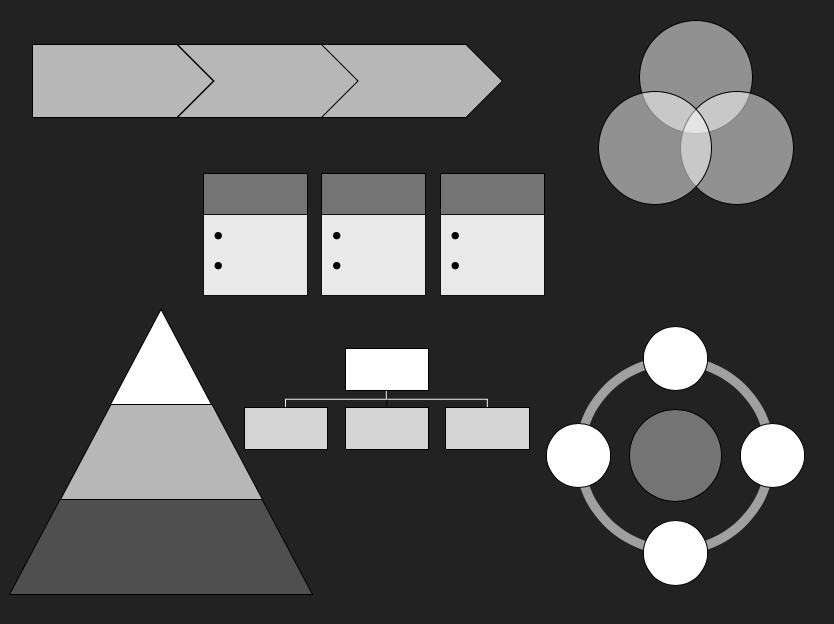A long time ago now, I was going to university for design and photography. In addition to my intellectual, creative and conceptual skill pursuits, I wanted to learn as much from the “masters” of design and design thinking; not just the principles, but the philosophy as well. My journey brought me to a designer named Bruce Mau; a man who started in design but broadened his application to focus on architecture and philosophy. Mau developed a set of principles in the late nineties called, “The Incomplete Manifesto for Growth.” The list of principles and guidance made its rounds in the design community and ultimately to me. I was so inspired by his humility and direction, I never forgot them.
More presently, I have made my own manifesto for professional progress; a list of directional thoughts, axioms and inspirational ideas of things I’ve learned throughout my career. This manifesto is meant to direct and inspire; a living, breathing list to light the way as I continue down my professional path.

Part of this exercise is share and inspire others through stories and creativity. As a result, I give you my Manifesto for Professional Progress:
- Always Bring A Notebook: Take notes, turn the page, repeat. Doesn’t matter if you don’t go back to read them, at least you have your thoughts captured so you can go on to the next
- Keep Creating: Creativity broadens the mind and soul; offers new avenues and a refreshed perspective
- Listen Loudly: Intently and without compromise, always listen to what people are saying. You will never learn anything new from others if you’re always the one speaking.
- Allow The World To Change You: There are so many perspectives, experiences and events outside of your bubble, allow those to change you, your thoughts, perceptions and beliefs – it’s the path to growth.
- Go In Uncomfortable Directions: The path unknown is more interesting than the one you always follow. Being uncomfortable means, you’re tuning into something new and that is progress.
- Debate: But Don’t Argue: The civil act of debate, the sharing of ideas and perspective is essential to progress as a person, but make sure you’re not just arguing and that you’re allowing and recognizing a different perspective.
- Embrace The Passion: If you leave your passion at the door, then you’re always going to leave yourself behind
- Do A Dance: Sometimes you just have to let it out, even if you look like a fool, you may inspire others. Don’t take things too seriously.
- Forget Process. Start Anywhere: Don’t get stuck in process. Start where you think you should start; progress is individualistic.
- Close Your Eyes: Take a pause, close your eyes, think; progress doesn’t need to be evergreen.
- Shower Daily: Routine Is important: You can’t move forward smelling like that, can you?
- Wake Up Early; Find Quiet Time: Start each day as early as you can but take a moment to appreciate the new day in all its grandeur and to listen to your thoughts for the day.
- Push The Convention: Just because everyone did it that way, doesn’t mean you should. Try new things and push against what has always been done; progress doesn’t exist if we don’t move beyond what has always been done.
- Use A New Framework; Make Your Own: Don’t always follow the rules, find a new way of thinking.
- Work A Late Night Once A Month: Something special happens when we’re sleep deprived and under the gun.
- Work Smarter Not Harder: Don’t work as hard as you can, work as smart as you can. People notice when you figure out ways to work more efficiently and productively. Additionally, working harder leads to stress and stress is not an ally for any type of work.
- Always Tell Stories: Knowing where to go means you need to know where you came from. People like to know how you got to a conclusion; they like to know how you got there.
- Free Flow Ideas: A river carves out its own path; you never know where your ideas will take you, flow with the current
- Forget About Clichés: They’re so old-fashioned.
- Be You: Like no one else can.


